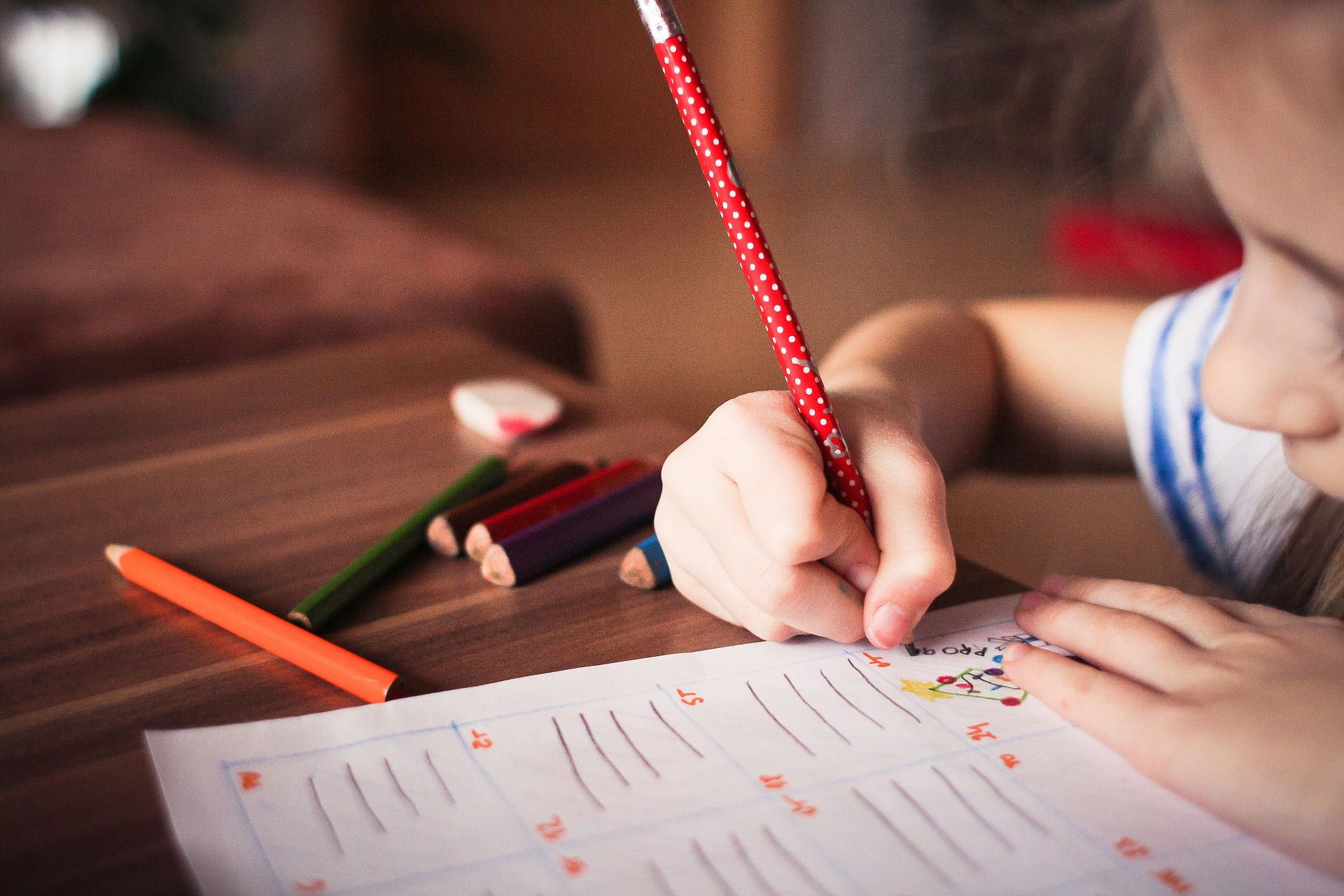Addressing Learning Loss Post-Pandemic: Effective Strategies for Educational Recovery
The COVID-19 pandemic brought about unprecedented disruptions to education systems worldwide, forcing schools to adapt to remote and hybrid learning models. While these changes were necessary for public health, they also led to a phenomenon known as "learning loss," where students fell behind academically due to the challenges of remote learning. As schools transition back to in-person learning, addressing learning loss has become a top priority. In this article, we will explore effective strategies for educational recovery post-pandemic.

Understanding Learning Loss
Learning loss refers to the gap in students' academic progress caused by extended periods of disrupted learning. It encompasses a range of challenges, including reduced access to resources, lack of engagement, and difficulties in mastering new content without face-to-face instruction.
Effective Strategies for Educational Recovery
1. Comprehensive Assessments
Conduct thorough assessments to identify learning gaps and understand the specific areas where students require additional support. This data-driven approach helps educators tailor interventions to meet individual student needs.
2. Targeted Remediation
Design targeted interventions that focus on addressing specific learning gaps. This might involve additional tutoring, small-group instruction, or personalized learning plans.
3. Extended Learning Time
Extend the school day or academic year to provide more instructional time for students to catch up on missed content. This approach allows for a more gradual and comprehensive approach to recovery.
4. Summer Enrichment Programs
Offer summer programs that combine academic content with engaging activities to prevent summer learning loss and bridge gaps in understanding.
5. Differentiated Instruction
Use differentiated instruction to cater to the diverse learning needs of students. This approach ensures that each student receives instruction at an appropriate level and pace.
6. Technology Integration
Leverage technology tools and platforms to provide adaptive learning experiences that adjust based on students' performance and needs.
7. Social-Emotional Support
Recognize the emotional toll the pandemic has taken on students and provide social-emotional support through counseling, mindfulness activities, and open communication.
8. Professional Development for Educators
Equip educators with the tools and strategies needed to address learning loss effectively. Professional development can empower teachers to differentiate instruction and provide targeted interventions.
9. Parent and Community Engagement
Engage parents and caregivers as partners in the educational recovery process. Provide resources and guidance for supporting learning at home.
10. Data-Driven Decision-Making
Continuously assess student progress and adjust interventions as needed based on real-time data. Data-driven decision-making ensures that recovery efforts remain effective.

The Path Forward
Addressing learning loss requires a collaborative effort among educators, parents, communities, and policymakers. By implementing a combination of strategies tailored to the unique needs of each school and student, the education system can effectively mitigate the impact of learning loss caused by the pandemic.